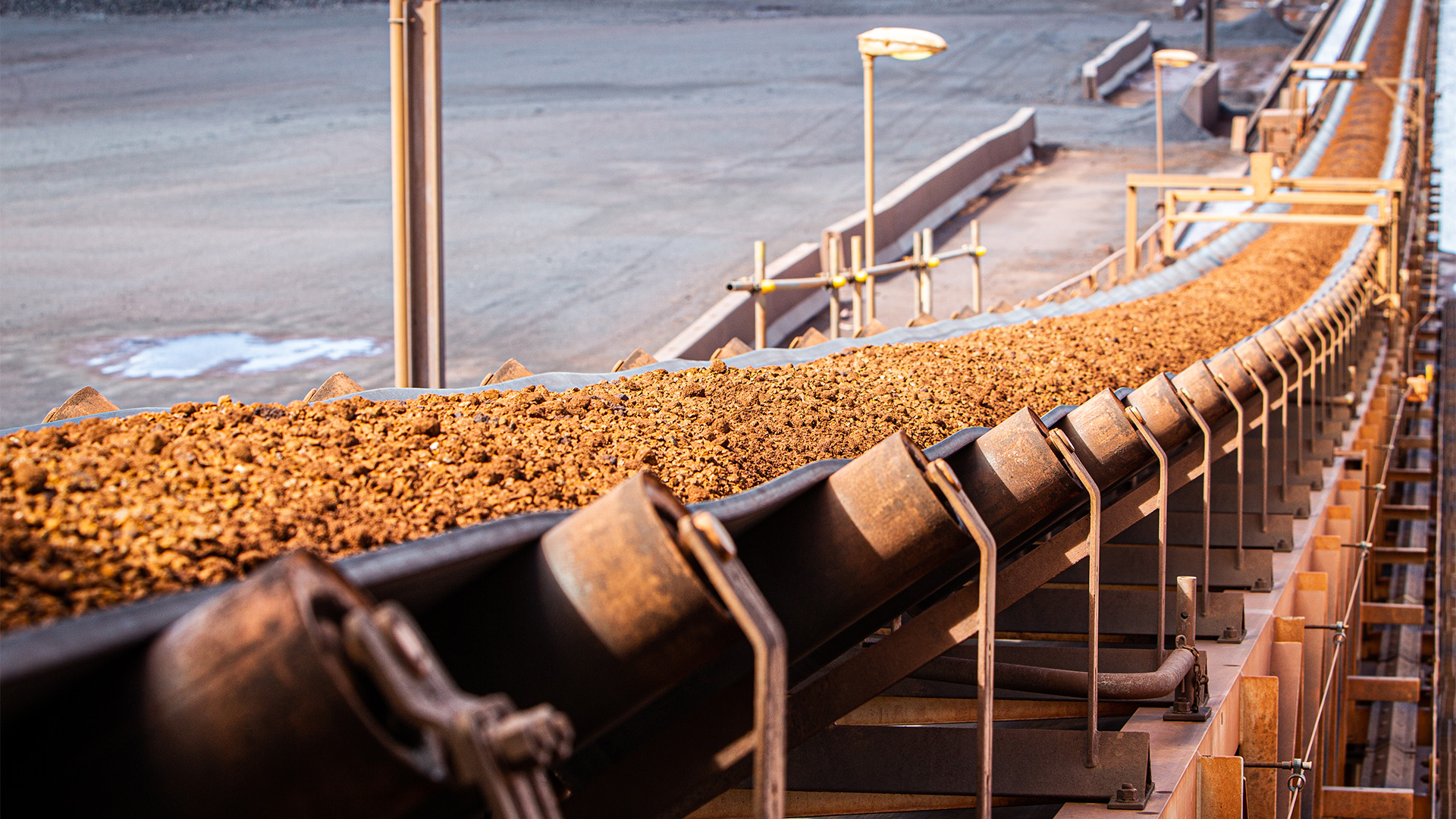The list of issues concerning the country’s top economic policymakers narrowed in 2017-18 to just three, two of which are hangovers from preceding years, according to comments by RBA Governor, Phillip Lowe in his foreword to the bank’s 2017-18 annual report, released on Thursday. The narrowing of focus is in stark contrast to his list and associated detail in the 2016-17 report which was his first as governor.
Last year inflation was “low”, “Wage growth remains low” (that was mentioned twice), there was “A reduced sense of job security”, “over the year, the Board has paid close attention to developments in household balance sheets and housing markets.” But the governor confidently predicted “The coming year is likely to see better growth in the Australian economy” which it did with GDP growing at an annual rate of 3.4% at the end of 2017-18 against 1.9% in 2016-17.
But this year the list of possible negatives has seemingly narrowed, with a new contender at the top of the list. Inflation “is moving” to the bank’s 2% to 3% target, and economic growth is happening with Australia benefitting from a stronger global economy, low wage growth and high household debts continue to demand attention from the bank
“This improvement in the global environment is helping the Australian economy. Higher commodity prices and stronger employment growth have provided a welcome boost to incomes. Economic growth has gradually picked up and inflation is moving closer to the Reserve Bank’s target. Higher levels of public and private investment are also supporting the economy.”
But Dr. Lowe singled three issues of concern: “The first was the risk to the global economy from a move towards protectionism.” Australia is a major beneficiary of the open, rules-based international system and has a strong stake in this system continuing.
A second issue was the subdued growth in wages in Australia. “The slow growth in wages has boosted the number of Australians with a job but has also led to slower income growth for many individual households and less inflation pressure than otherwise.” A third issue was the high level of household debt in Australia, which carries “certain risks.”
“The Bank has worked closely with the other members of the Council of Financial Regulators to ensure that lending standards are appropriate for this environment. Close cooperation between the various regulatory agencies continues to be a positive and distinguishing feature of Australia’s regulatory arrangements.”
Dr. Lowe made it clear it wasn’t interested in the absurd calls for a rate rise from the likes of the Financial Review and former RBA board member, Warwick Mckibbin. He wrote, “Over this period, the Bank has sought to be a source of stability and confidence while further progress is made in having inflation return to target and the Australian economy move closer to full employment.”












